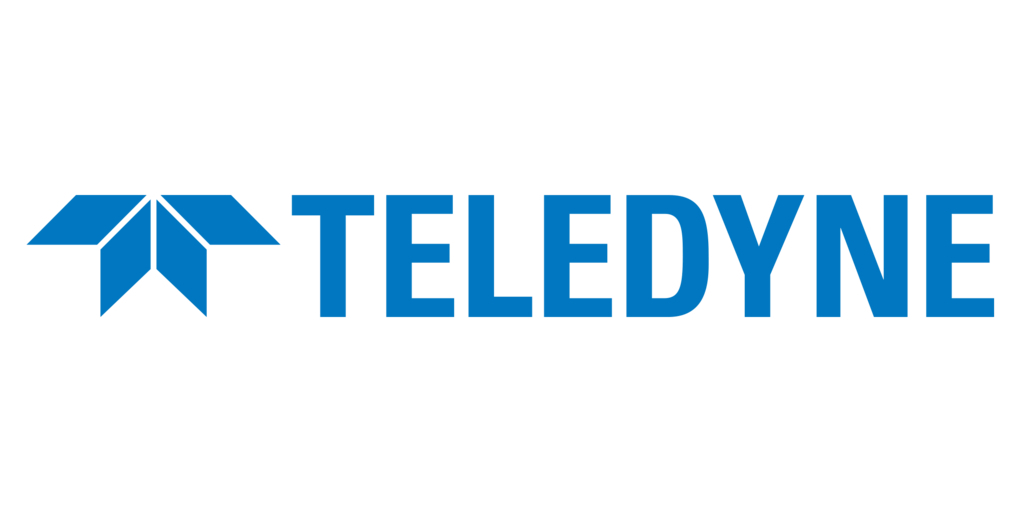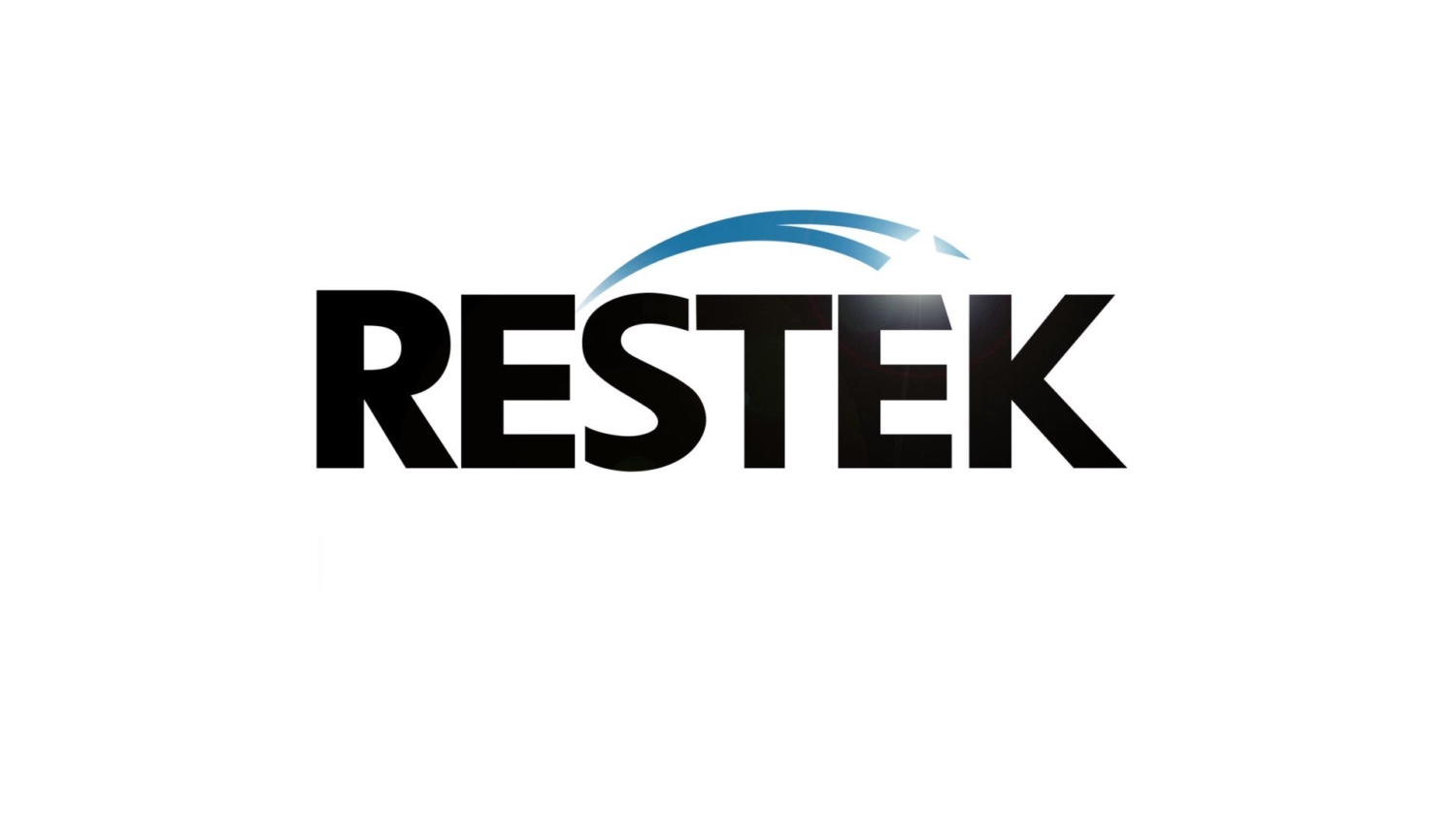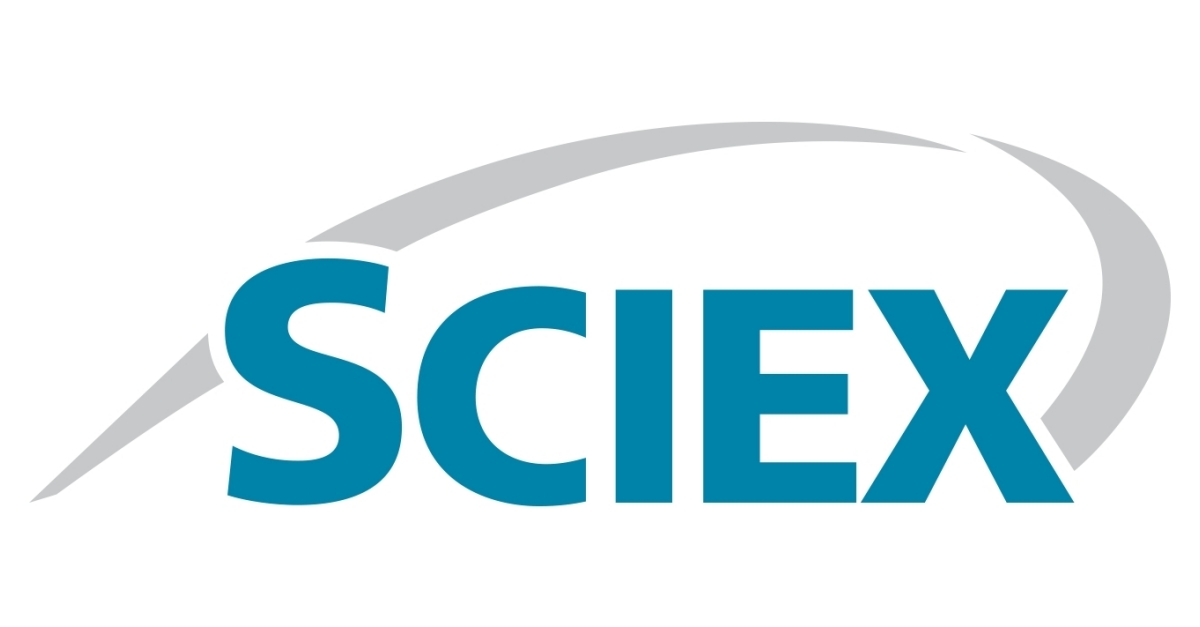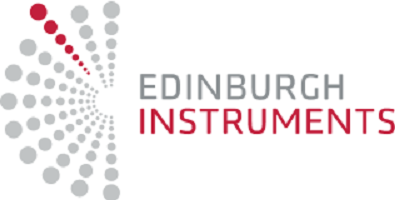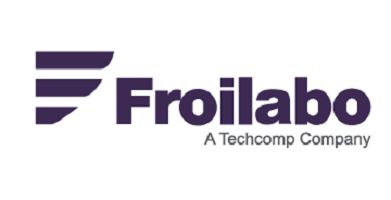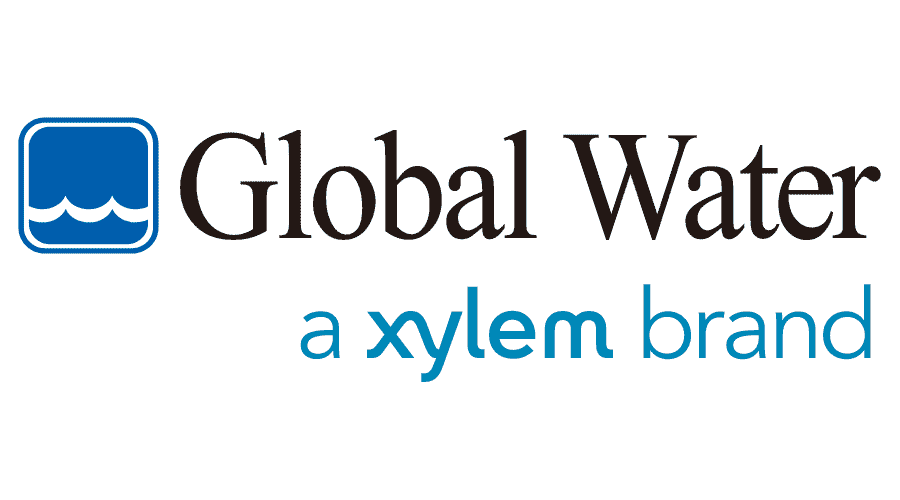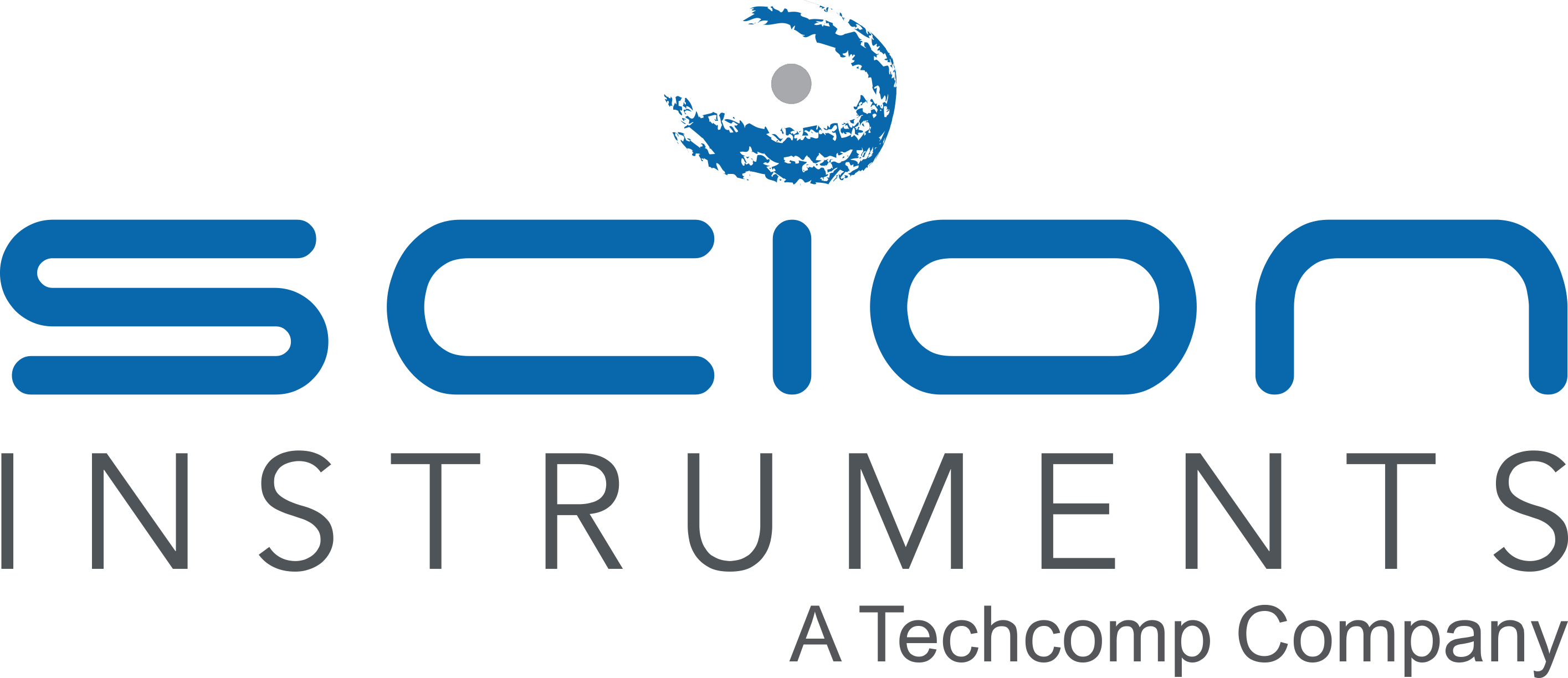1. Khái niệm kỹ thuật nhiệt phân Pyrolysis:
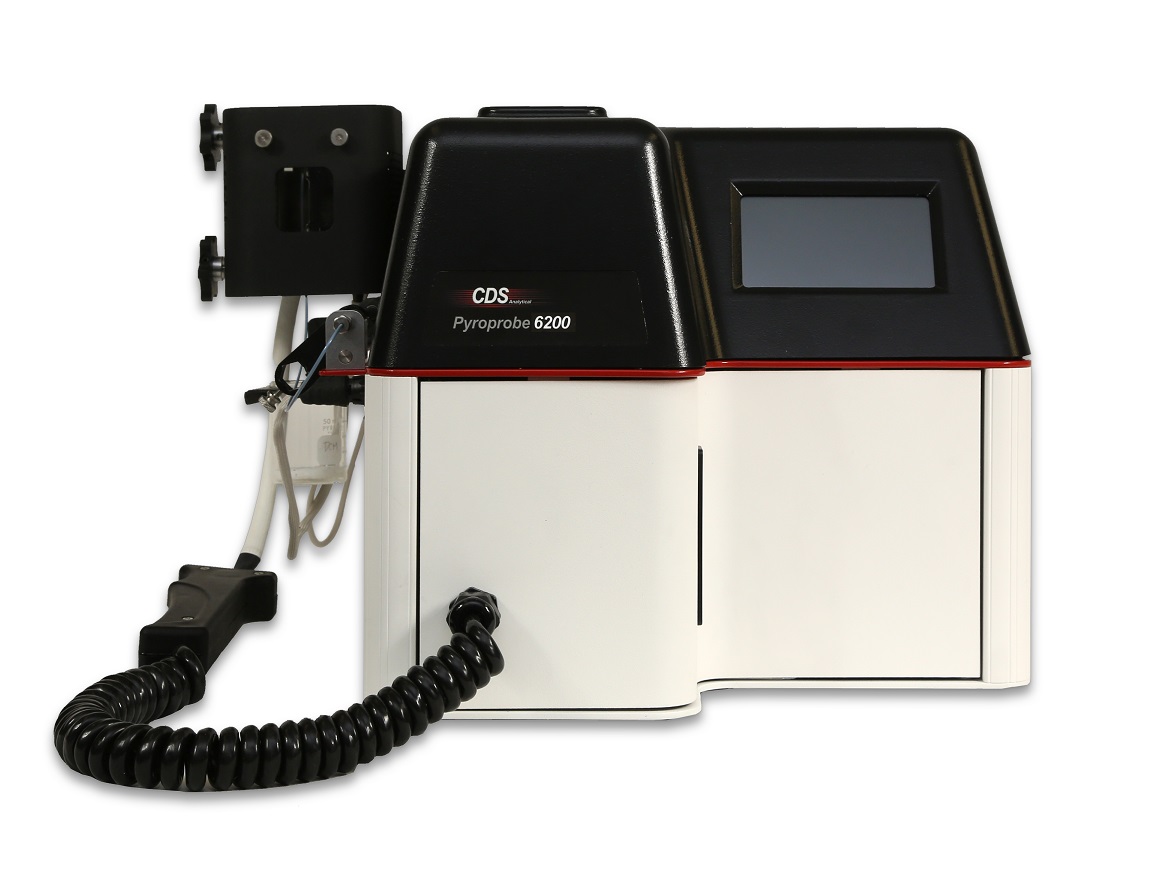
- Nhiệt phân (Pysrolysis) là quá trình phân hủy nhiệt chất hữu cơ ở nhiệt độ cao trong điều kiện môi trường yếm khí. Nó liên quan đến quá trình cắt các mạch phân tử phức tạp lớn thành các mảnh nhỏ hơn, hữu ích hơn trong phân tích năng lượng nhiệt.
- Trong kỹ thuật nhiệt phân Pyrolysis, bằng cách gia nhiệt lên mẫu tương ứng vơi năng lượng liên kết cấu trúc, phân tử sẽ phân mãnh theo cách nó có thể tái tạo được; sau đó các mảnh này sẽ được phân tích thông qua kỹ thuật phân tích trên sắc ký khí GC/ sắc ký khí khối phổ GCMS (chứa thông tin định tính và định lượng)
- Các ứng dụng của kỹ thuật nhiệt phân Pyrolysis:
- Nhận dạng Polymer
- Nhận dạng phụ gia
- Phân tích định lượng và định tính các thành phần của vật liệu mà nó không phù hợp cho phân tích trực tiếp trên kỹ thuật GCMS
2. Giới thiệu máy nhiệt phân Pyrolysis hãng CDS/ Mỹ:
- CDS Analytical là nhà sản xuất thiết bị nhiệt phân Pyrolysis hàng đầu thế giới và sản phẩm thương mại đầu tiên được ra đời từ những năm 60 của thế kỷ 20; và đã trải qua sáu thế hệ và đại diện cho tiêu chuẩn cao nhất của ngành
- Máy nhiệt phân Pyrolysis hãng CDS có thể được dùng ở các trường đại học, các phòng thí nghiệm pháp y, phòng thí nghiệm, các lab chính phủ….cho tất cả nghiên cứu cấu trúc polymer.
- Máy nhiệt phân Pyrolysis hãng CDS có thể tương thích với tất cả các máy GC/MS của: Agilent, Bruker, SCION, Thermo, PerkinElmer, và Shimadzu.
3. Các kỹ thuật phân tích trên Máy sắc ký khối phổ (GC/MS/PY) ghép nối bộ nhiệt phân Pyrolysis Gas Chromatography/Mass Spectrometry (Pyrolysis-GC-MS):
- A Single Shot Pyrolysis-GC-MS: The single shot is run at a single temperature, normally >500°C (dependent on the material being examined). The temperature of the sample is rapidly increased at a temperature rate <20msec to break bonds. This is done in order to characterize the original sample.
A Double Shot Pyrolysis: This is normally run at both low (80-350°C) and high temperatures (500-800°C). The lower temperature analysis is known as a thermal desorption step. This step can be used to examine low molecular weight components (monomers, oligomers, etc.), additives and residual solvents. The higher temperatures allow for the total fragmentation of the higher molecular weight items such as the crosslinked material or the entire polymer backbone. - Evolved Gas Analysis (EGA): This is run by dropping the sample into the Pyrolysis unit set at a low temperature. The furnace is then increased to a high temperature at a set ramp rate. The components that are off-gassed/evolved from the sample are then examined. This testing is done in order to identify the temperature range for the desired component. The Pyrolysis-GC-MS can then be set up the desired temperature range for a more in-depth study of the identified compound. As a side note, Thermal Gravimetric Analysis (TGA) can also be used to aid in the determination of the temperature analysis profile for Pyrolysis-GC-MS.
- Low Temperature (normally considered <350°C) Thermal Desorption:. This testing would be done for products where additives, residual solvents or other off-gassed components are desired but the polymer identification is not needed.
Reactive Pyrolysis-GC-MS: There are certain classes of compounds, for example polyesters, that have complex Pyrolysis mixtures (i.e. many degradation products, etc.). These complex mixtures make the interpretation of the data difficult, if not impossible. When a derivatization technique is utilized, a chemical reaction occurs while the sample is in the Pyrolysis chamber, allowing for a much easier interpretation of the derivatized products. - Heart Cut-EGA GC-MS (HC-EGA-GC-MS): This method is useful when looking for specific components in a highly complex matrix or when the full composition of a complex system is desired. Heart-Cut Pyrolysis involves using the EGA technique to isolate the desired elution times (i.e. zones). The instrument is then programmed to isolate each specified zone identified by EGA. Each zone is then individually analyzed. This technique allows for the examination of regions that might contain multiple components under one peak but are not obvious during the regular Pyrolysis GC-MS analysis. While extremely useful, this technique can add to the complexity and amount of time for the analysis.
- Quantitative Pyrolysis-GC-MS: This would be done on a component that the amount present could not be determined using another technique. An example component would be a low ppm additive (such as an Irganox, Irgafos, etc.), FAME components in rubbers, phthalates plus many other compounds.
Cryotrapping capabilities are available for the Pyrolysis GC-MS. Prior to introduction into the GC-MS, the pyrolyzates are cryotrapped using liquid nitrogen. This is done to narrow the chromatographic band and improve the detection limit.

